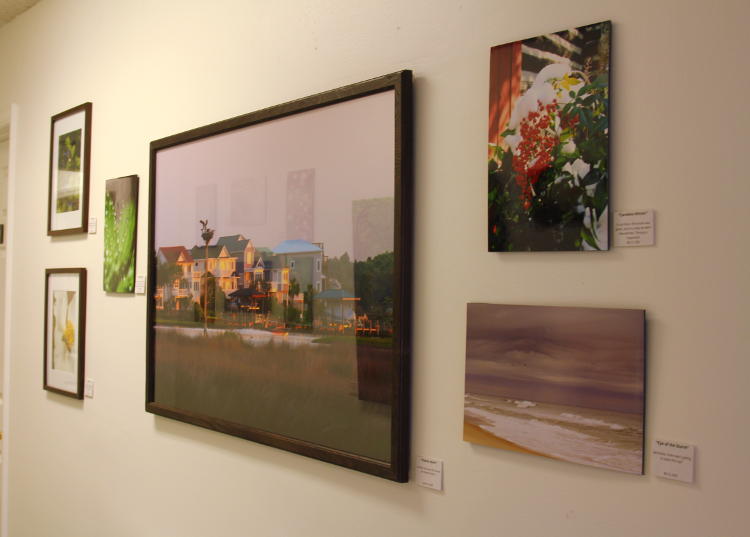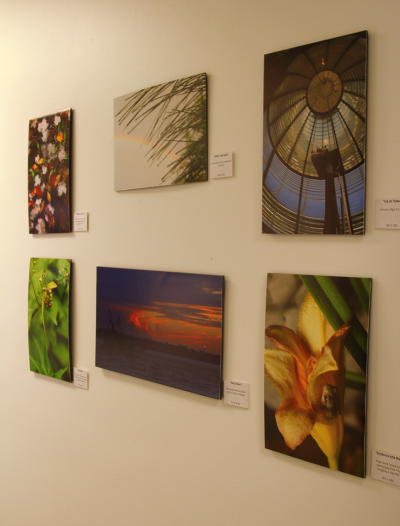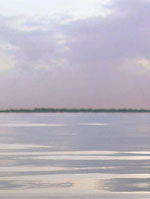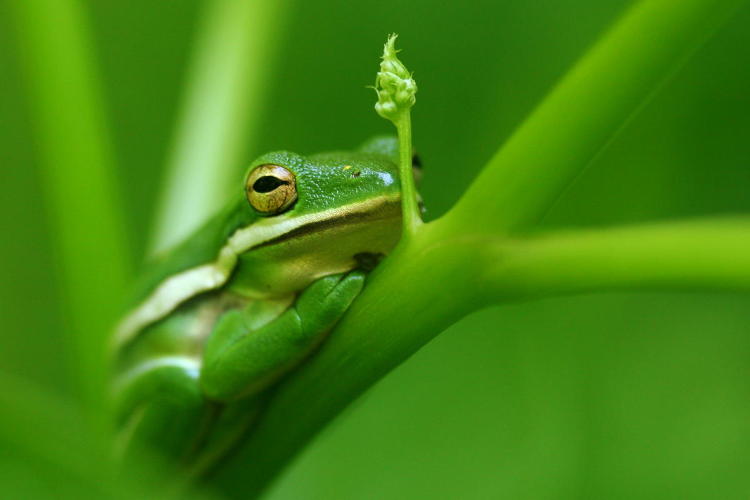No, it’s not really – I’m just making fun of my own terrible speech habits. If I embarrass myself enough about them perhaps I’ll break them.
In the meantime, we’ll talk about how the exhibit went, and where to go from here, and what to do when we get there. Or something like that.
Walkabout podcast – The most interesting podcast. Or not.

 Mostly, the topic is about the exhibit that just closed down, the impressions and aftermath, so of course I have to include a couple of examples. The initial display was 61 images, cut down to 32 a little later on – both of these are from the larger original. I’ve always been a fan of minimal presentation when it comes to wall display, so most of the images were ‘shadow-mounted’ on black foamcore (that might not be the technical term among the cognoscenti and I don’t care.) But I included a handful of full-framed images, three canvases, and a metal print which I really like – I would have been happy to sell it, but I would have immediately ordered another to display here at home.
Mostly, the topic is about the exhibit that just closed down, the impressions and aftermath, so of course I have to include a couple of examples. The initial display was 61 images, cut down to 32 a little later on – both of these are from the larger original. I’ve always been a fan of minimal presentation when it comes to wall display, so most of the images were ‘shadow-mounted’ on black foamcore (that might not be the technical term among the cognoscenti and I don’t care.) But I included a handful of full-framed images, three canvases, and a metal print which I really like – I would have been happy to sell it, but I would have immediately ordered another to display here at home.
As you may be able to tell from these photos, the Visitors Bureau was not built with the idea of doing art displays (or even displays of barely fartistic nature photos,) and so the lighting isn’t what you might find in a dedicated gallery. It was by no means poorly-lit, but also not what most would consider ideal.
Another view of the exhibit can be found here, with some remarkably dapper gentleman in the frame.
 I mentioned that the website for the 2nd Friday Art Walk used an image from my site as a thumbnail, and that image is here. The portion that they actually used, however, is reproduced from memory at left. Seriously, don’t ask me what that was all about – I had nothing to do with it.
I mentioned that the website for the 2nd Friday Art Walk used an image from my site as a thumbnail, and that image is here. The portion that they actually used, however, is reproduced from memory at left. Seriously, don’t ask me what that was all about – I had nothing to do with it.
I also spoke about doing a visit to the North Carolina Museum of Art, and that was the topic of my previous podcast, posted in between recording that short blurb and including it within this one. We’re being a little nonlinear here.
I can’t go this far without including the actual bio page that was on display; it might help shed some light on my unique approach to the art form.
Al Denelsbeck is a local nature and wildlife photographer who “lives on the edge,” as he puts it, but that’s only because his home is on the border of Chapel Hill and Durham. He focuses more on macro work, but has been rumored to take the occasional scenic image if he’s not feeling well. He has far more photos of spiders than anyone wants to see.
When asked about his style, his focus wandered off and we never received an intelligible answer, so we’ll just go ahead and say that he likes interesting portrait angles on his wildlife, and semi-abstract approaches to landscape images, but you can probably see that for yourself. When asked about his vision, connectedness, and spiritual journey, he just giggled and mocked us in a derogatory tone. “If you’re not getting your own impressions from my images,” he told us, “why should I have to provide some to you?” However, he did claim that if he didn’t get dirty chasing any particular photo, he didn’t feel right, but we suspect that’s just an excuse for being a slob.
Al’s website and gallery, Wading-In Photography, can be found at wading-in.net. He also teaches photography on a one-on-one basis, available throughout the greater Triangle area, and more information on this can be found on the site, as well as several pages on tips and tricks. He abhors social media, so you’ll have to like or dislike him in person.
Moving on. In the podcast I recounted doing a largely unproductive zoo trip, and one of the images from it can be found here – yes, I actually did non-captive, non-habituated wildlife photos while visiting the zoo, but don’t get too excited before clicking on that link. While on this trip, the red-shouldered hawk family that I’d been following decided to leave the nest; parts of that saga can be found here and here. The opening pic on that second link is among the last photos I got of the fledglings. Despite the obvious negative impact from seeking out something else to photograph, I still expect to get a butterfly house visit in at some point, with a couple of other possibilities stewing on a back burner.
This podcast from two years ago still applies very well to the season, and may provide a few ideas of what to do while the conditions aren’t all that conducive to nature photography. We can’t all get involved in wildly successful exhibits of our work.
And this time around, I suggested having a few photographic goals for the coming season, but that’s always half-assed advice, isn’t it? That’s like saying, “You should work to improve yourself.” So, let me list a couple of examples, and perhaps they might spark some additional ideas as well.
Find out what endangered species can be found in your area, and endeavor to get some photos of them (always respecting their habitat and sensitivities of course, so some research may be in order.) Additionally, find out why they’re endangered and what impact their extinction may have on the ecosystem. For a more abundant subject, flesh it out in detail. Get images of growth, habitat, behavior, life cycles, and so on. If there’s something particularly interesting or special about your subject, try to illustrate that. Remember that some aspects will only be visible during a certain portion of the year, so you’ll have to plan ahead to be ready to capture this. Have a project that’s supposed to assist your photography? Finish it! Your deadline is March 31st. Have a lot of photos illustrating something interesting? Find someplace to show them, especially if they can be used to educate. This means schools of course, but there are other options in any given community as well. You may even like doing presentations at retirement homes. If you’re not the type to do presentations, think about teaming up with someone who is. Pick one of those esoteric functions on your camera that you never thought you’d use, and build a project around it. Second-curtain sync? Trap focus? Highlight Tone Priority? Be creative. Additionally, figure out a way to do something digitally that used to be available only in the realm of film (such as multiple-exposures without the use of an editing program.) A couple of old standbys: take one image every day that has to be a keeper; close your eyes and put a pin in a paper map (or a mouse-click on a web-based one) and go there to shoot something; find the most creative way to get an image of yourself; determine something trivial about past photos, such as the highest and lowest elevation that you’ve shot at, and aim to beat those; choose a particular aspect of composition to tackle for any given outing. Do some different with display prints, such as making a literally three-dimensional print (by layering different portions, or curving, etc.) Or make unique frames from odd materials such as hardback books, shells, leaves, patches of fabric, and so on. Aim to complement the mood or idea of the print itself. Go someplace new every month. Recreate an older photo of yours – same position, angle, and so on. Long exposures are fun – be creative and find a new subject to tackle using them. Also, find a way to use the fastest shutter speed your camera can handle (without just aiming into the sun.)
Hopefully, at least one of those will spark something creative in you, or give you something to do in the slow season.
Going back to opening topic as I wrap up this post, you likely asked what my favorite image in the exhibit was (no, you likely didn’t, but humor an old man.) Except I don’t really think in those terms, and probably couldn’t even narrow it down to five – the intention was to show off, of course, so there weren’t exactly a lot of photos that I wasn’t fond of in there. But what I can leave you with is one of only two images (I believe) that weren’t published elsewhere in the web gallery or on the blog – though a variation was. This presently serves as my screen background too, having switched to a new one when I converted to Linux to make the operating system obvious, and because I’d had the old one for years.





















































